
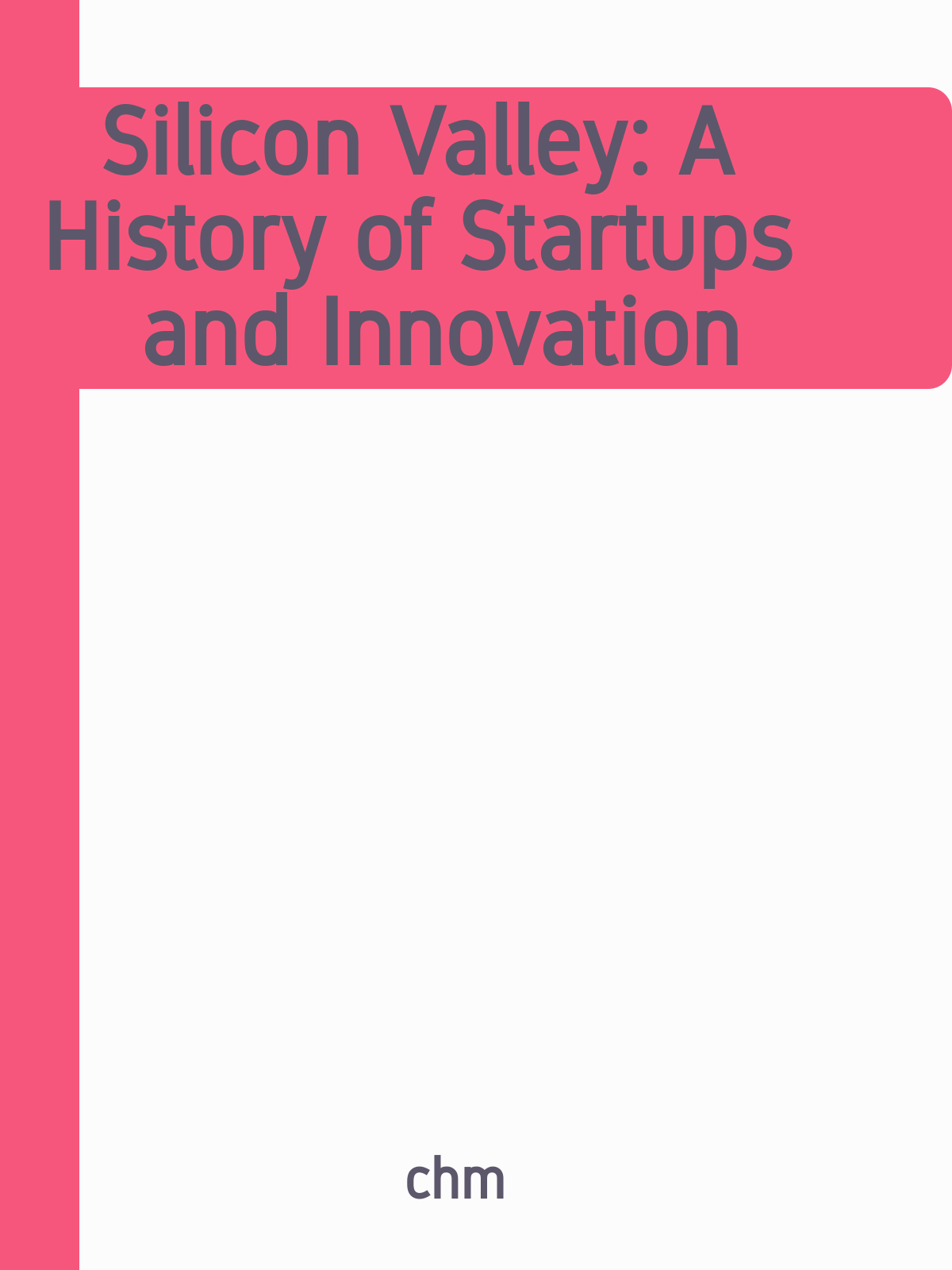
Silicon Valley is the most entrepreneurial region in the United States and is home to over 3,000 tech companies. These companies have raised over $1 trillion in venture capital and are responsible for creating over 1.5 million jobs.

The Wright brothers made the first heavier-than-air powered flight in 1903, demonstrating that such flight was possible and practical. This solved the so-called "flying problem", opening up the age of aviation.
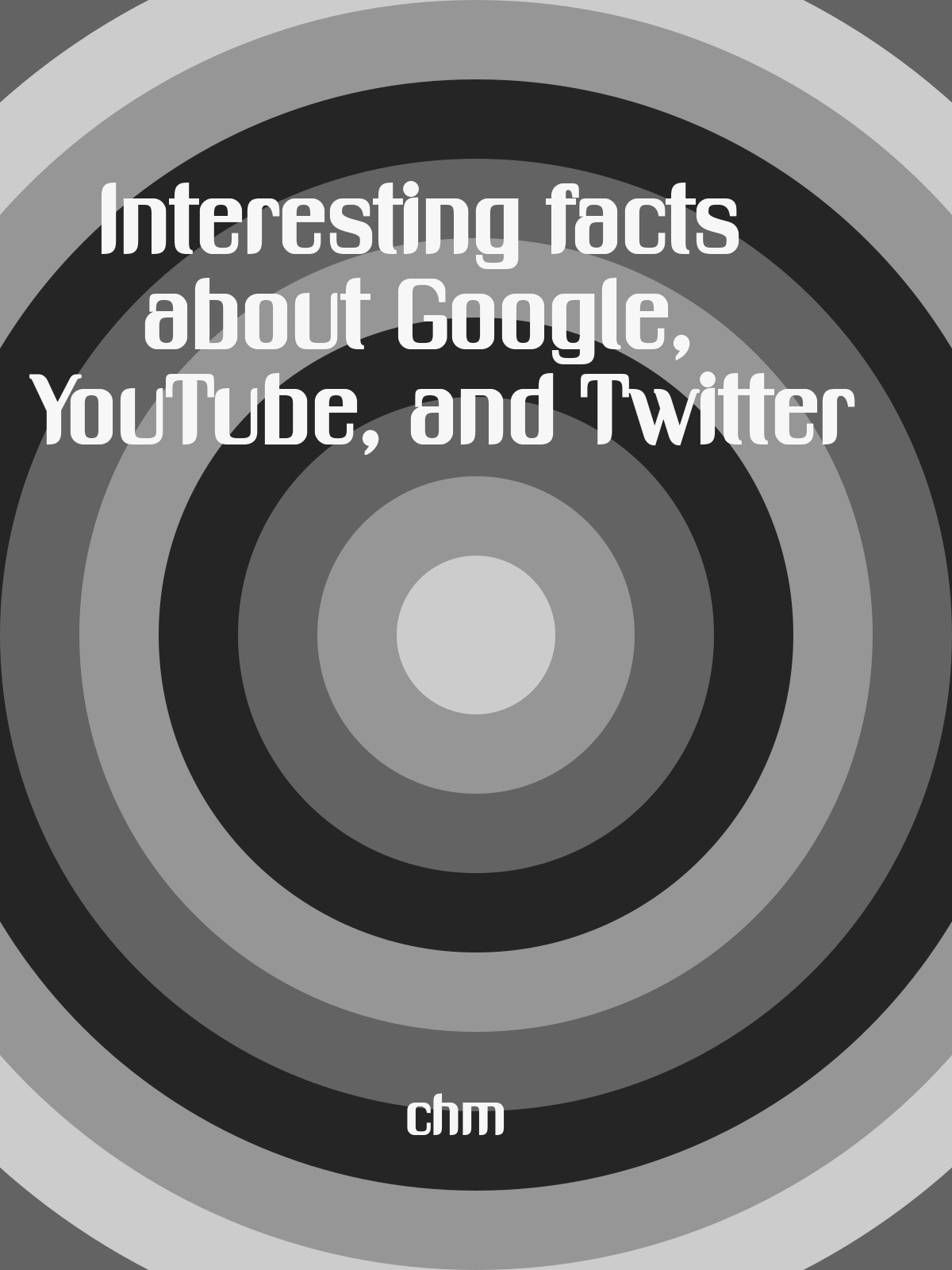
Google, YouTube, and Twitter are all Silicon Valley startups that have become extremely popular in recent years. Google was originally called "BackRub" and the first Google Doodle was a stick figure drawing of the Burning Man festival. YouTube was originally created as a video dating site called "Tune In Hook Up." The first ever tweet was "just setting up my twttr." Twitter was originally going to be called "twttr" but the name was already taken.
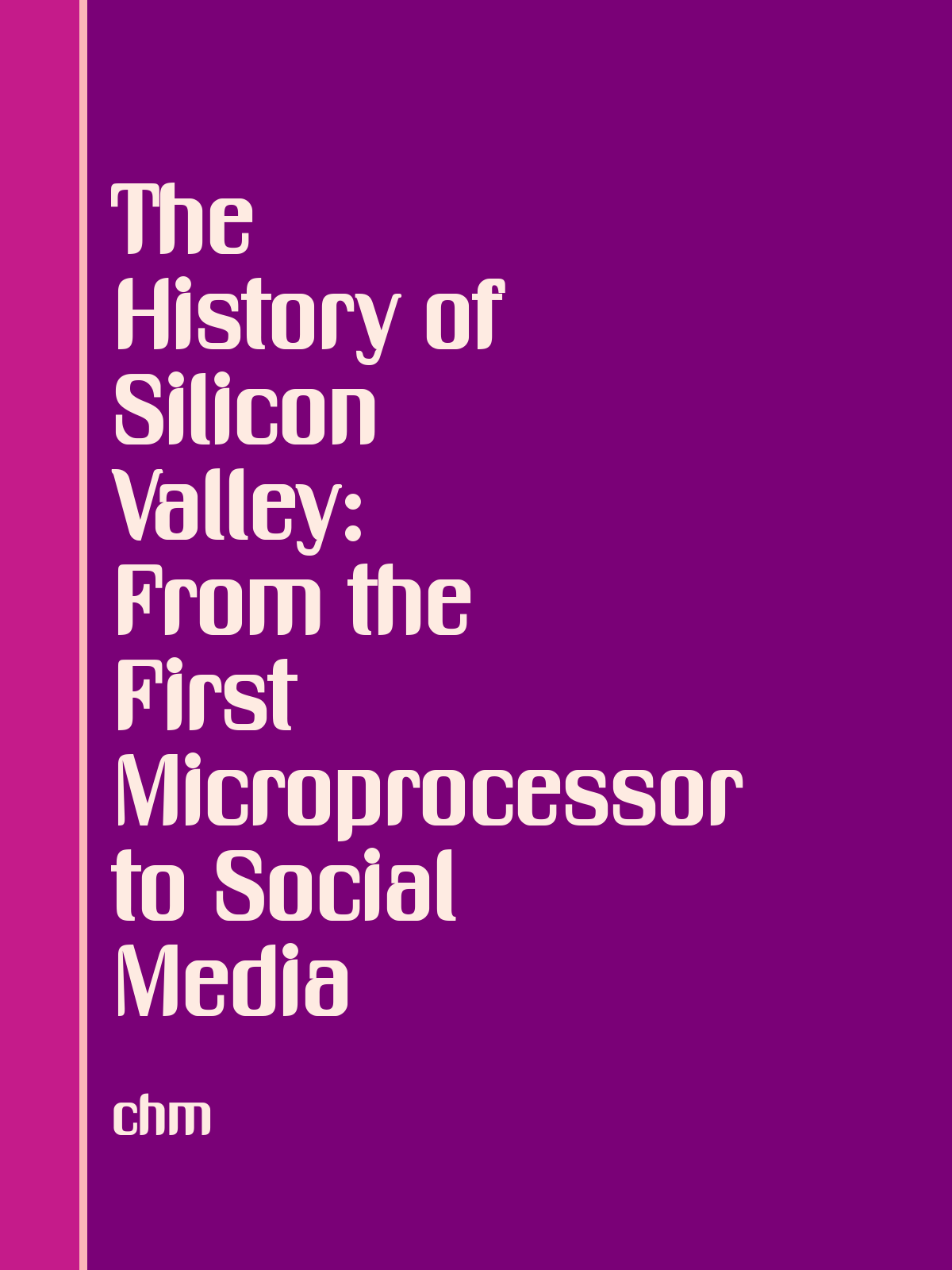
The term "silicon valley" was first used in 1971. It is home to the first silicon chip, microprocessor, personal computer, search engine, and social networking site.
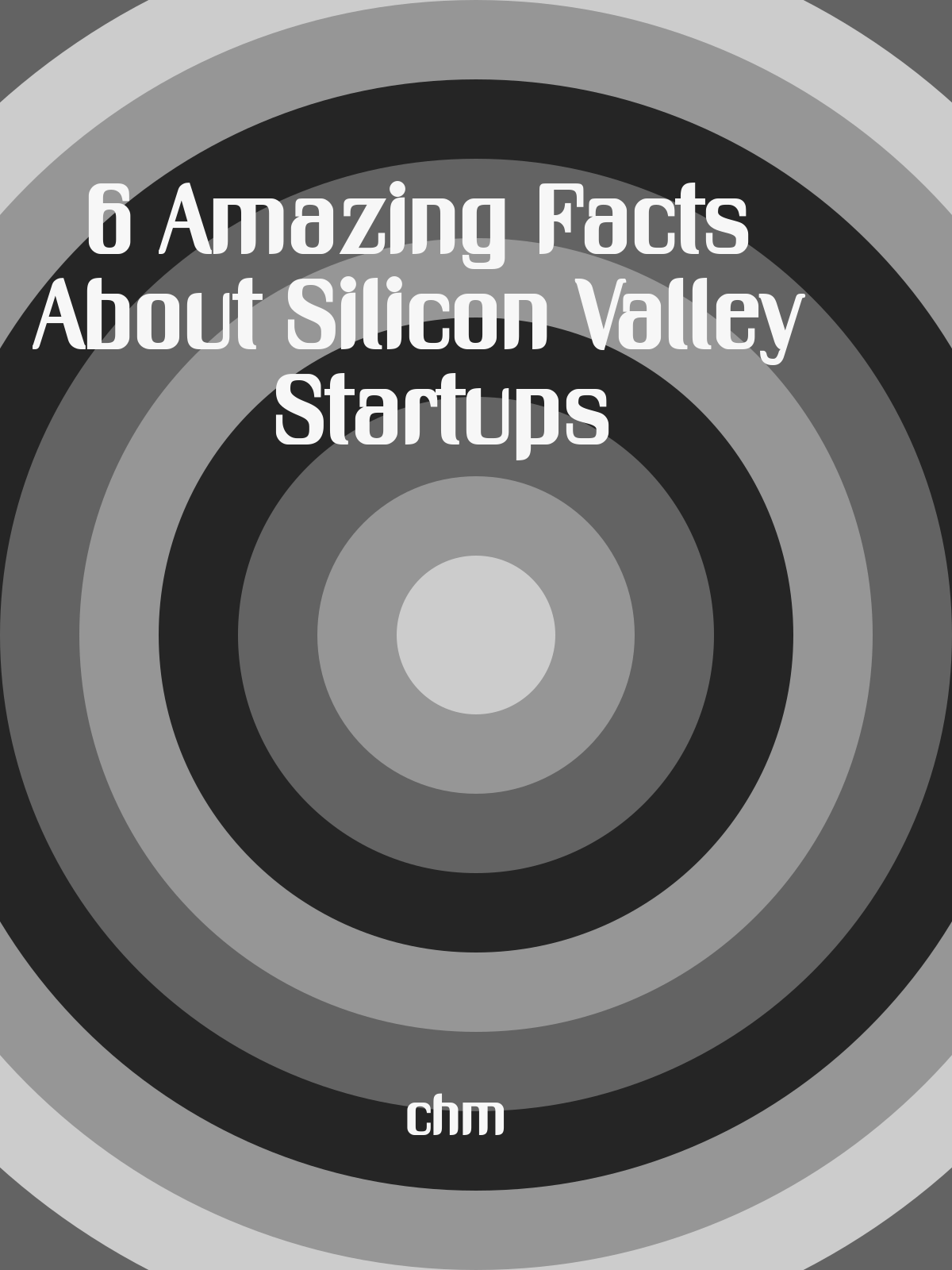
There are more than 7,000 startup companies in Silicon Valley, which is worth $130 billion. The average startup company raises $12 million in funding and Stanford University is the top university for producing startups. The majority of startups are in the software and internet industries and Silicon Valley has the highest concentration of millionaires and billionaires in the United States.
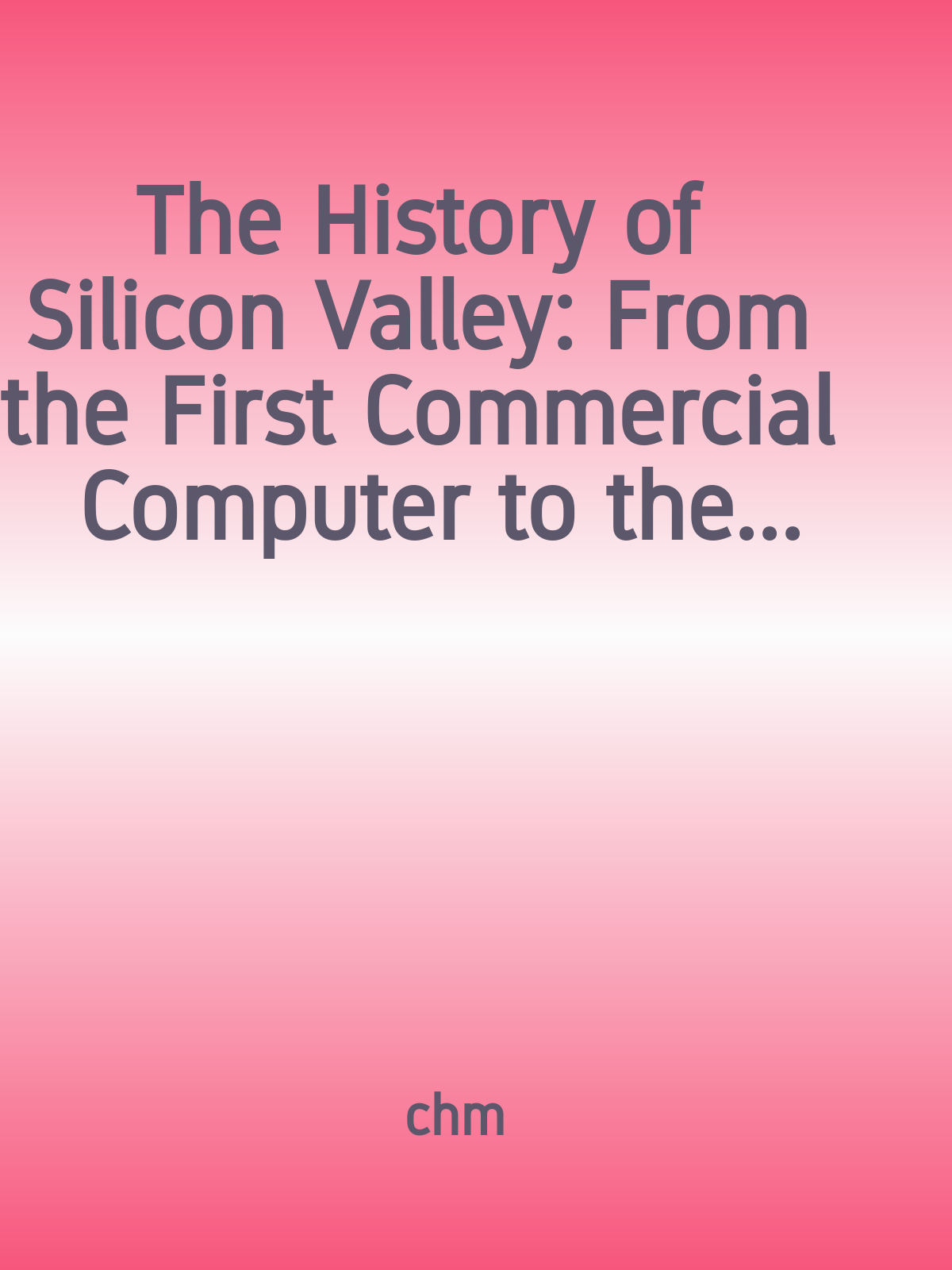
The history of Silicon Valley is full of interesting facts, from the first commercial computer to the first electronic digital computer, the first computer mouse, and the first email. Silicon Valley was named after the Santa Clara Valley, which is home to the headquarters of many tech companies. The first website was created in 1991 by Tim Berners-Lee.
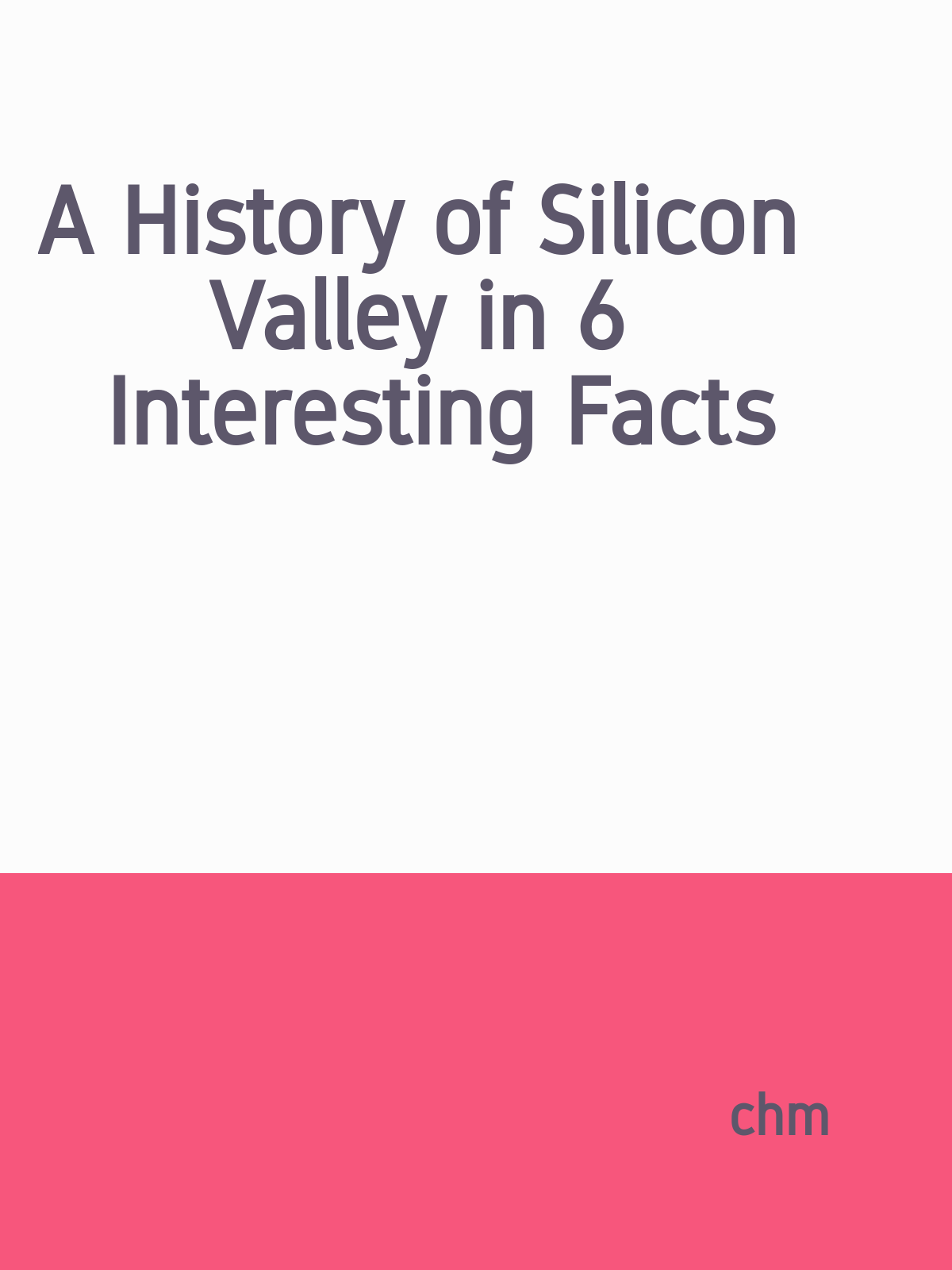
The term "Silicon Valley" was first coined in 1971 by Don Hoefler, a journalist for the weekly trade newspaper Electronic News. The Santa Clara Valley, home to Silicon Valley, is named after the Catholic mission Santa Clara de Asís, which was founded in 1777. The first semiconductor company in Silicon Valley was Shockley Semiconductor Laboratory, founded in 1956 by Nobel laureate William Shockley. The first computer company in Silicon Valley was Xerox PARC, founded in 1970. The first Internet company in Silicon Valley was Netscape, founded in 1994. The first social media company in Silicon Valley was Facebook, founded in 2004.
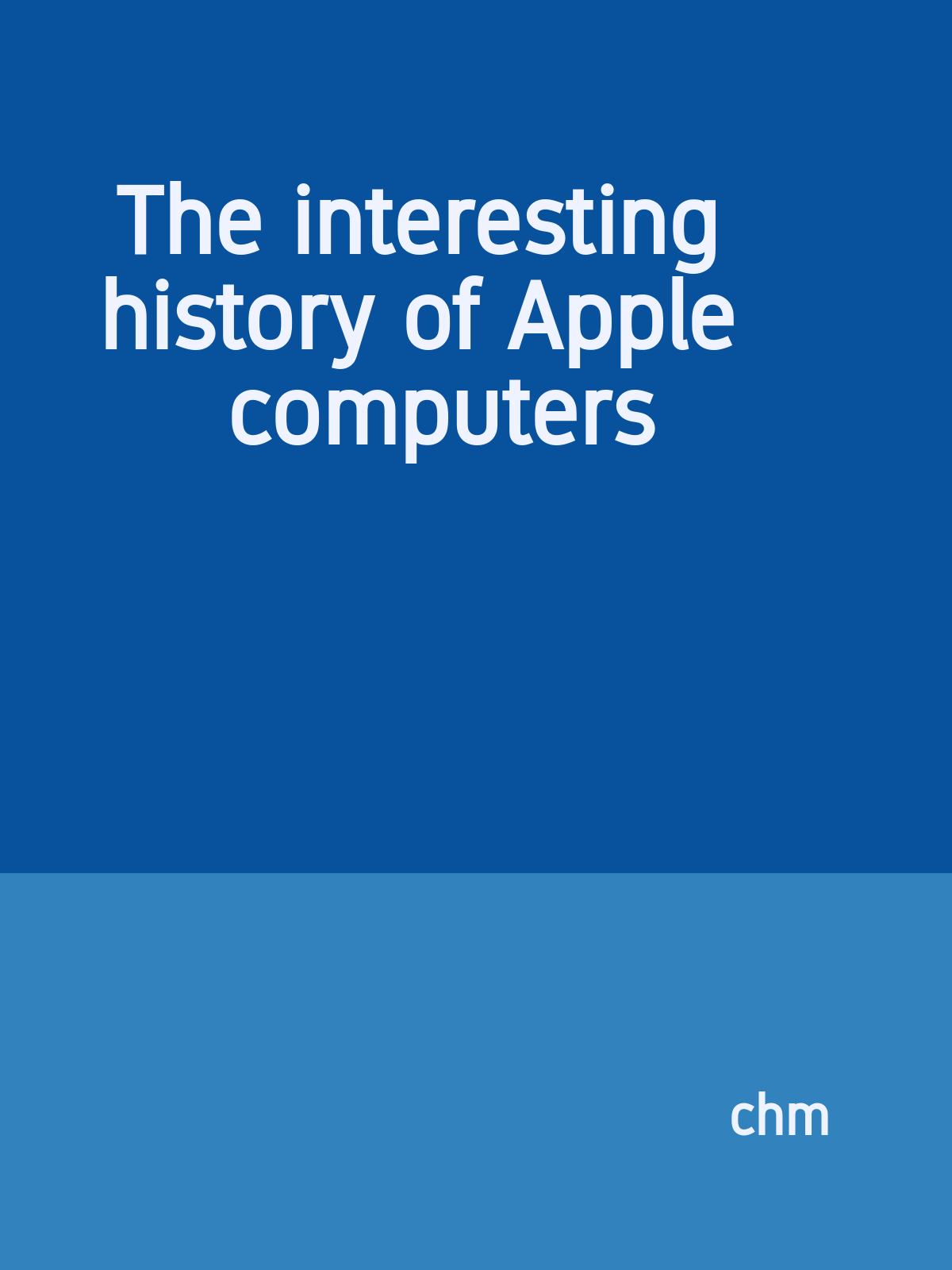
Apple is one of the most iconic and valuable companies in the world, known for its innovative products like the iPhone, iPad, and MacBook. It all started in a garage in 1976 with the hand-built Apple I computer.